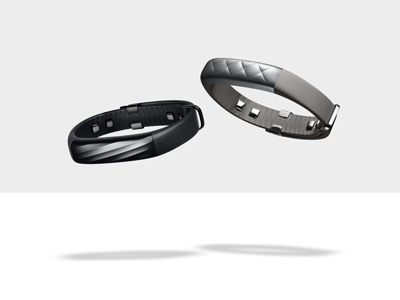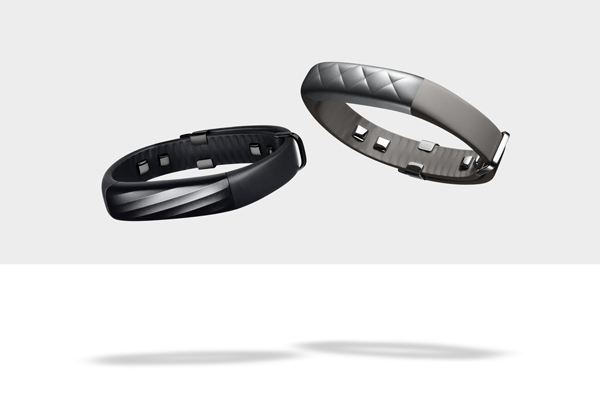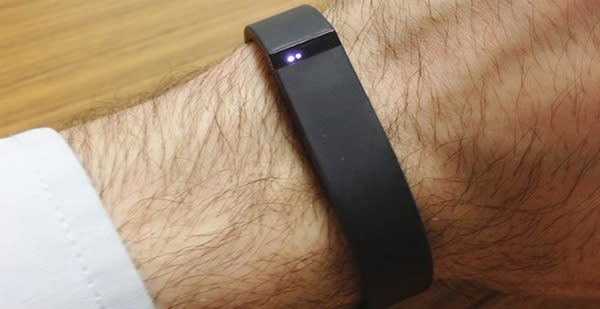Fitness Trackers to Rule the Holidays, But Will They Last?
Think of them as the new tablets. It seems like every gadget maker under the sun is rushing out new fitness trackers for the holidays, from Fitbit and Jawbone to Microsoft and Garmin. And it’s easy to see why. According to analyst firm NPD, U.S. consumer awareness of wearable fitness devices has doubled from 30 percent last November to 70 percent at the end of July. Just as important, these devices are more affordable than ever.
Wearable fitness trackers like the Up Move and Misfit Flash cost around $50 and let you track steps, calories burned, distance and sleep and come in fun colors. Vice President of NPD's Connected Intelligence Eddie Hold says it's likely that we will see a surge in sales around the holidays as these devices become better and cheaper. "This is the year for [fitness wearables]," Hold says. "I expect them to do very well.... Just like tablets, we are seeing lower-priced products entering the market."
MORE:Best Fitness Trackers 2014
There are fitness wearables, but there are also smartwatches, and it's important to differentiate between the two. What trackers like the Fitbit Charge and the Jawbone Up3 have going for them is their specific purpose: to help you get in shape. Consumers are gravitating towards these devices because they have a direct call to action.
As a result of this trend, ownership of activity trackers in the U.S. has doubled to 10 percent. There’s also been a surge in use of stand-alone fitness smartphone apps, which is now up to just higher than 25 percent.
On the other hand, pricey smartwatches like the $250 Moto 360 or the $300 LG G Watch R are still confusing to consumers; they don't see why they would need a smartwatch on a daily basis. But now we're starting to see hybrid devices -- such as the new $200 Microsoft Band -- that marry the fitness tracking abilities of health-focused devices with the notification powers of traditional smartwatches.
As Hold writes in a blog post, these hybrids are likely to boost awareness and interest in fitness trackers because they have a definitive health purpose, with added perks. Just as important, these hybrids tend to cost less than everything-but-the-kitchen-sink smartwatches. Another example is the new Basis Peak, which delivers smartphone notifications along with a heart rate monitor for $200.
While holiday sales are important, they won't indicate whether fitness trackers are here to stay or if they are just a passing fad. "The real story will be in how long these devices remain in use," Hold says. Currently 40 percent of fitness tracker owners don't use the device anymore, posing a big question for the market: How do you make these devices better and make people want to use them longer?
At the hardware level, Hold says longer battery life and waterproof designs are key, but something more tricky to address is engagement. "It's all about ensuring that the data you get from the device tells you something compelling that helps keep you hooked," he says.
Giving consumers proactive and actionable advice will separate the best fitness trackers from the also-rans. Companies like Microsoft and Jawbone are pairing bands with larger systems that collect and analyze data in order to feed guidance and advice back to consumers about how to improve their health.
Bottom line: We’re at the point where telling you what you did today isn’t enough. The winners in this category will tell you what you should do tomorrow.
Valentina Palladino is a senior writer for Tom's Guide. Follow her at @valentinalucia. Follow Tom's Guide at @tomsguide and on Facebook.
Copyright 2014 Toms Guides , a TechMediaNetwork company. All rights reserved. This material may not be published, broadcast, rewritten or redistributed.




